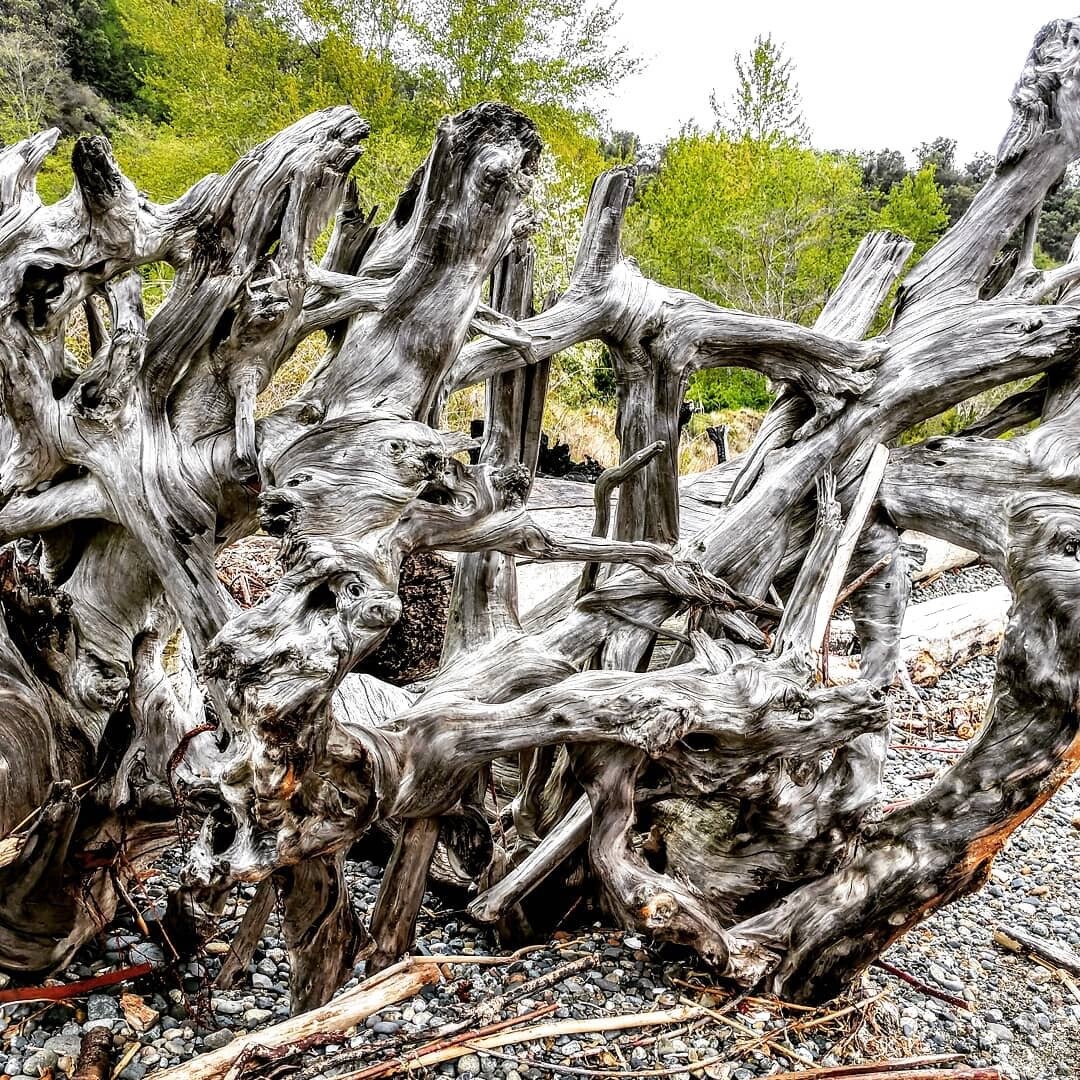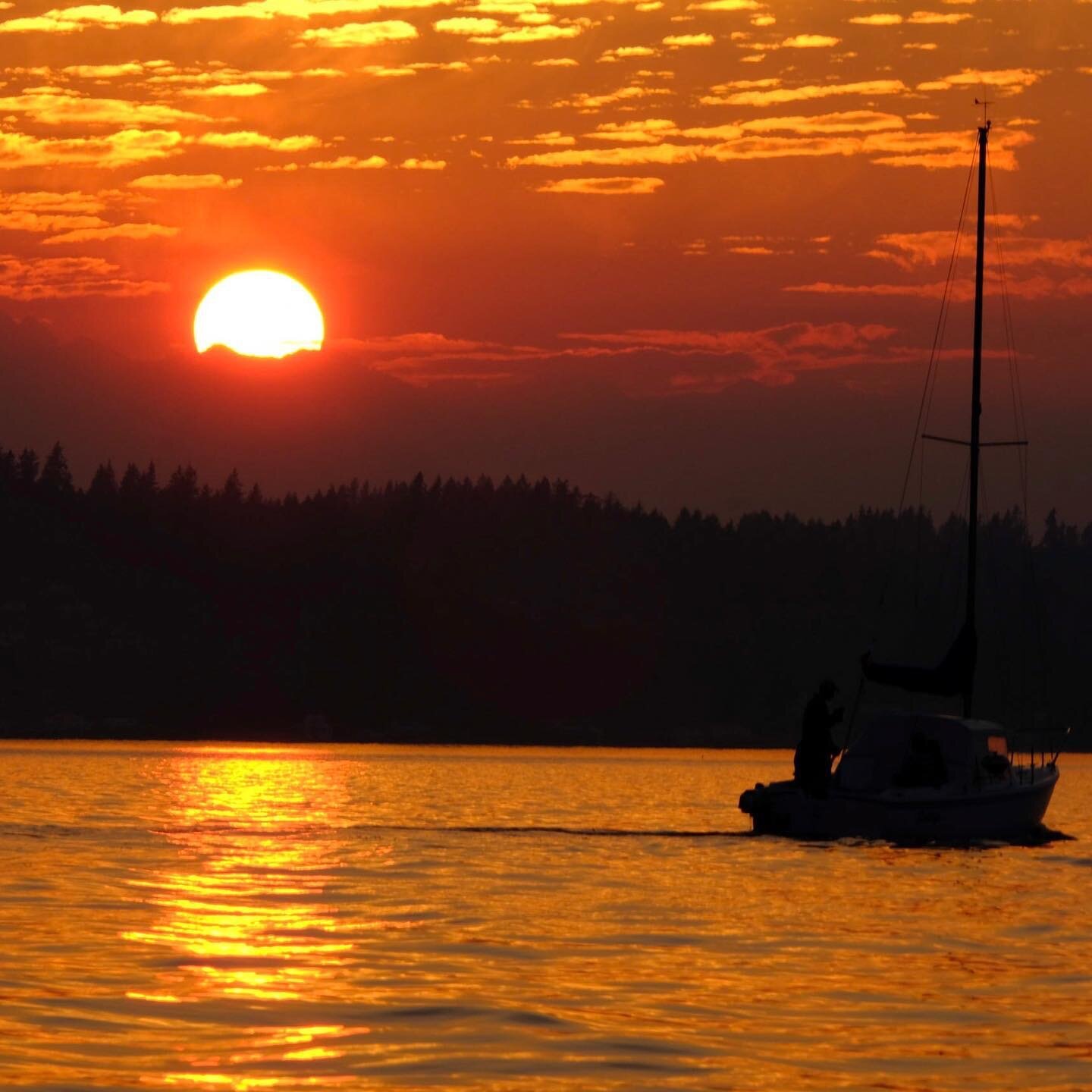A popular Vashon Adventures kayaking route is up the west side of the island through the Colvos Passage. Departing from Lisabuela Park and covering roughly 8.5 miles north to the Vashon Ferry Dock, it is a great trip for those looking for a little more adventure. A variety of sea mammals have been observed including orcas, sea lions, Dall’s porpoise, harbor porpoise, river otters and seals. On this trip for 6 guests, we had a huge male California Sea Lion rise just feet from the boats before this lunch stop at Fern Cove. What a Day!
Colvos Passage notes:
1. The name Colvos was selected by Captain Charles Wilkes in 1841 during the United States Exploring Expedition to honor George Colvocoresses, a midshipman for the expedition.
2. The house at Fern Cove once belonged to Dr. Belle Baldwin, who became the first woman physician in the state in 1912.









